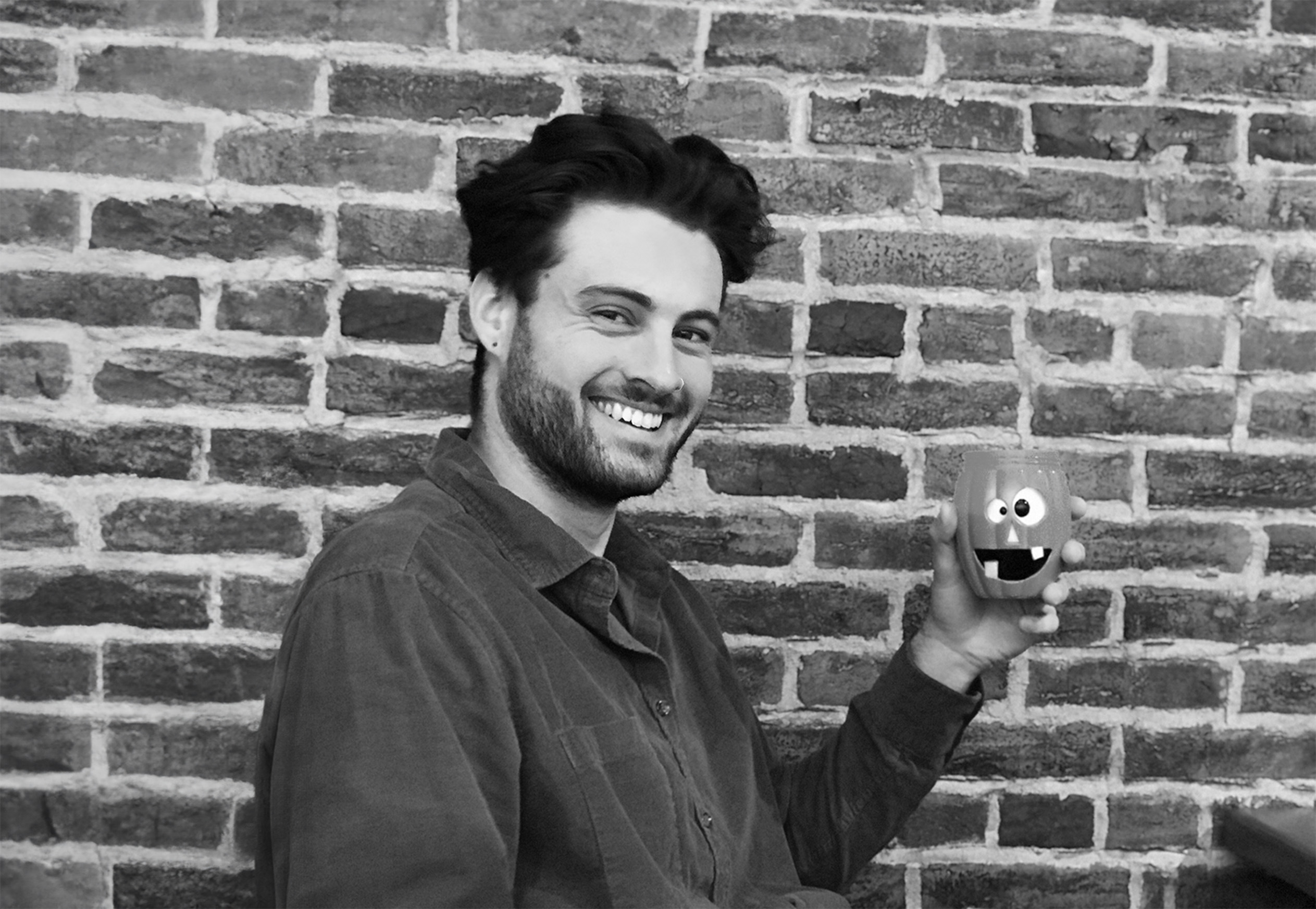Alright – so today we’ve got the honor of introducing you to Evan Iuzzolino. We think you’ll enjoy our conversation, we’ve shared it below.
Evan, looking forward to hearing all of your stories today. So, naming is such a challenge. How did you come up with the name of your brand?
Throughout my childhood my main sport was motocross racing. I became absolutely obsessed with dirt bikes when I was a young kid, maybe 5 years old. My parents finally caved and gifted me my first bike on my 10th birthday. Still one of the best days of my life. I got into racing by the time I was 11, and raced competitively for about a decade. When it came to selecting my racing number I decided to just use my birthday, April 13th, or 413.
Racing had a really big impact on my life. It was where I met all my best friends as a kid. It was my motivation for earning money. If I wanted to race, I needed to cover gate fees and all of the expenses that come with maintaining a motorcycle.
I also believe this chapter of my life is where my fascination with design began. If you’ve ever spent any time at a race track, you are surrounded by signs, banners, and decals plastered everywhere with different company logos from bike manufacturers, parts companies, tire brands, gear brands, etc. I think between my gear and bike alone you could find 20 logos. When I would go to school, I would spend most of the day when I wasn’t disrupting the class doodling motocross logos. I don’t think I recognized at the time that this was something I could maybe do for a living one day.
So, when I was naming my own brand, I thought back on everything that had led me to where I was, and it felt like my racing career was really where it all began. So Four Thirteen felt fitting.
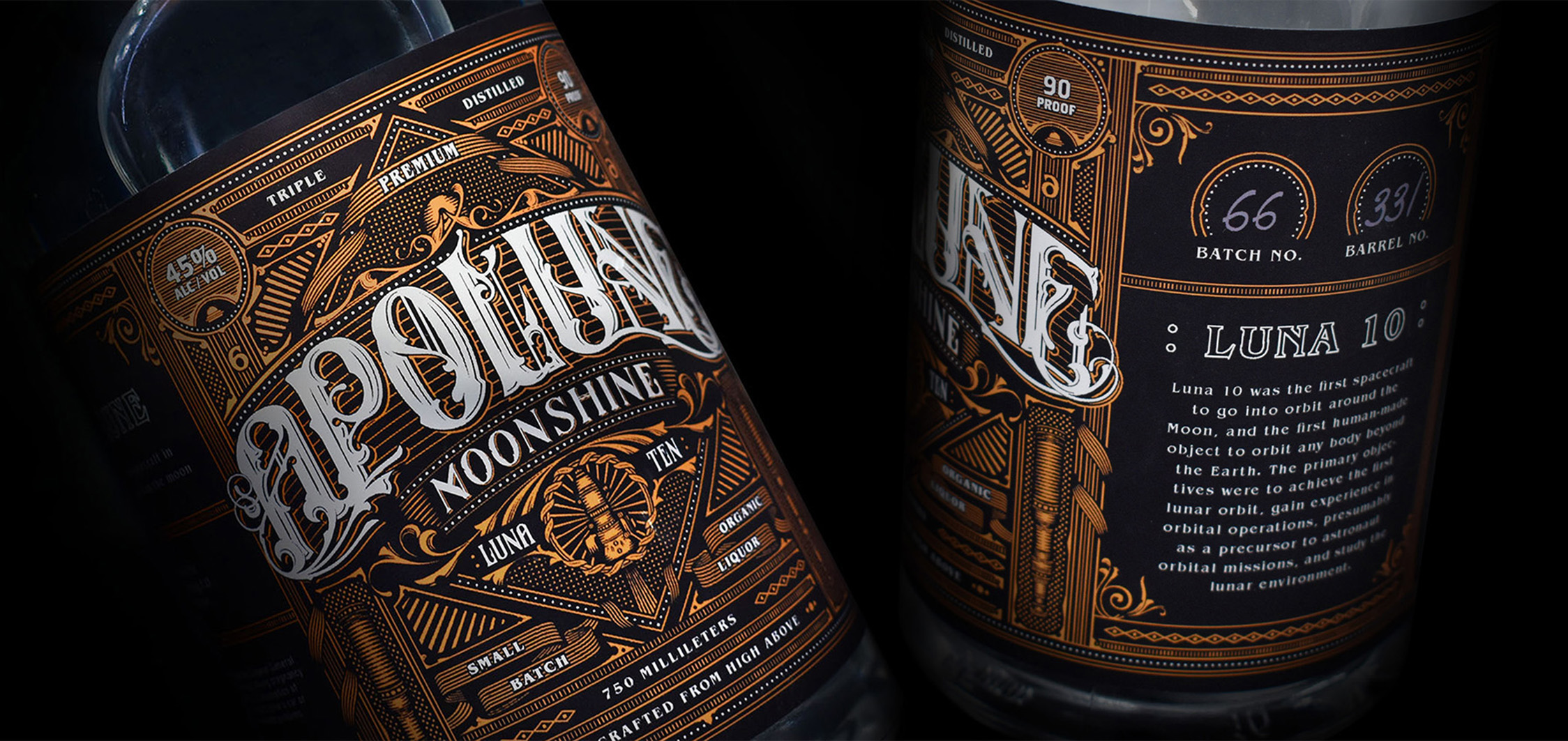
Evan, love having you share your insights with us. Before we ask you more questions, maybe you can take a moment to introduce yourself to our readers who might have missed our earlier conversations?
The summer between my junior and senior year of college I did an internship in Bogotá, Colombia for a company called Zemoga. Literally days before my flight to South America, I was scrolling through instagram and stumbled upon a victorian lettering piece designed by a lettering artist named Martin Schmetzer. It was unlike anything I had ever seen before. It was so detailed and intricate yet clean and easy to look at. I had to create something like this of my own. So throughout the next few days before I left, I created my first victorian hand lettering piece. It was insanely bad.
I didn’t understand why I couldn’t get my design to look as good as the inspiration I was looking at, but I knew I was going to figure it out. So for the next month and a half while I was in a beautiful place I had never seen before, I spent almost all of my time outside of the internship working on lettering pieces in my hotel, trying to get it right. Sometimes I look back and wish I had done more exploring, but at the same time this was where I really found my voice as an artist and a designer.
When I graduated the following year, pretty much every single project in my portfolio involved victorian hand lettering of some kind. As the years have gone on I’ve continued developing my lettering craft, except now I’ve started migrating away slightly from the traditional victorian style, and into something that blends this classic look with super modern design elements. I’ve found there’s a really interesting tension that happens when you pair the two, and I’ve started to explore that more and more in my work recently.
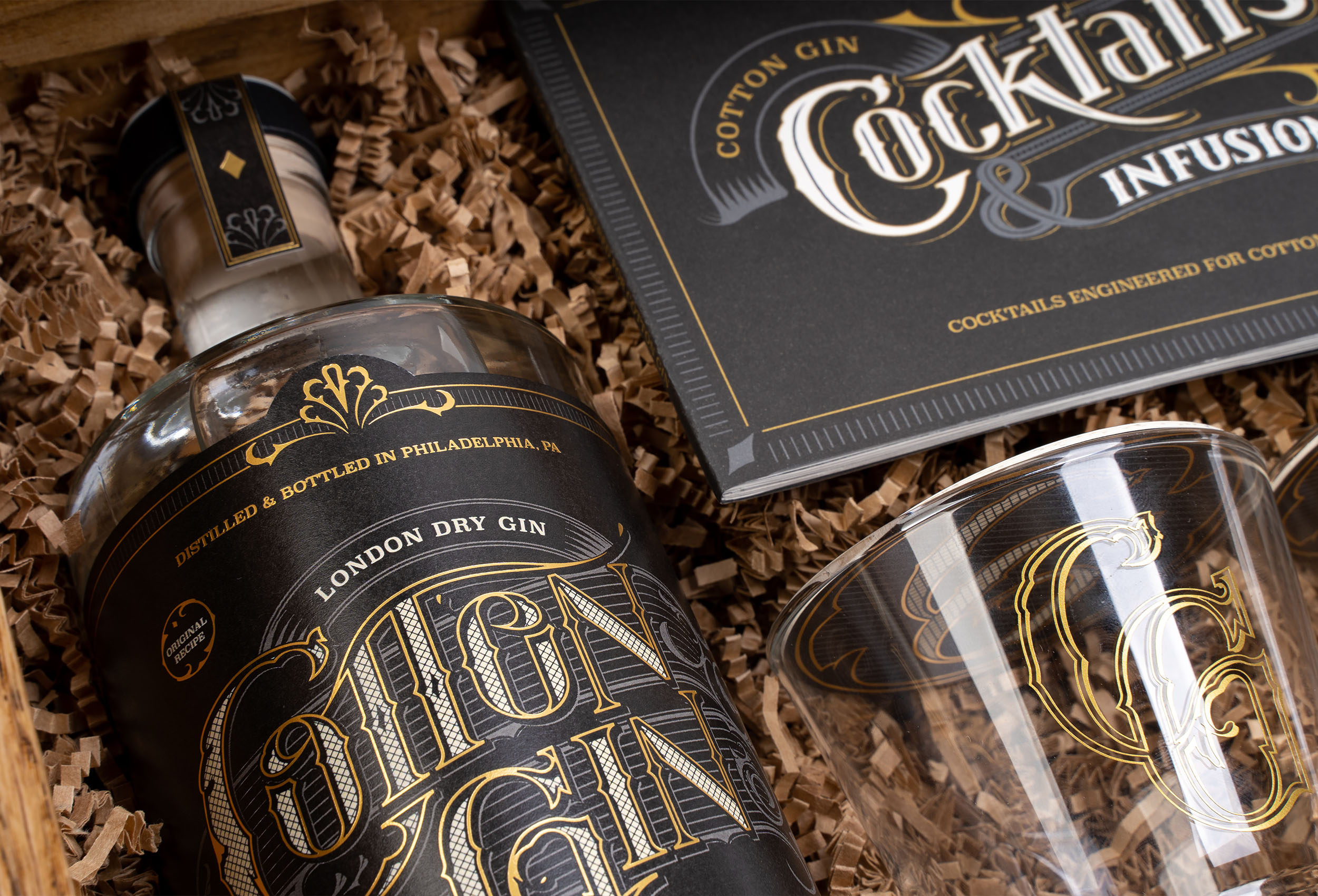
What do you find most rewarding about being a creative?
In the beginning I didn’t love working with clients. I felt like it was more of an obstacle for seeing my own vision through. But the longer I’ve been doing client work the more I’ve come to really enjoy the collaborative process. I’ve come to think of it as a challenge of how I can take my ideas or design tendencies, and use them to bring my clients vision to life.
Over time I’ve gotten more comfortable loosening up my grip on projects, and more open to letting my clients steer the ship. I think it’s actually produced better work and creates a much more fun, creative design process.
So I think the most rewarding aspect of my creative business is when at the end of a project, I can to sit down with my client looking at a final printed piece together, both equally as stoked on how it came out.
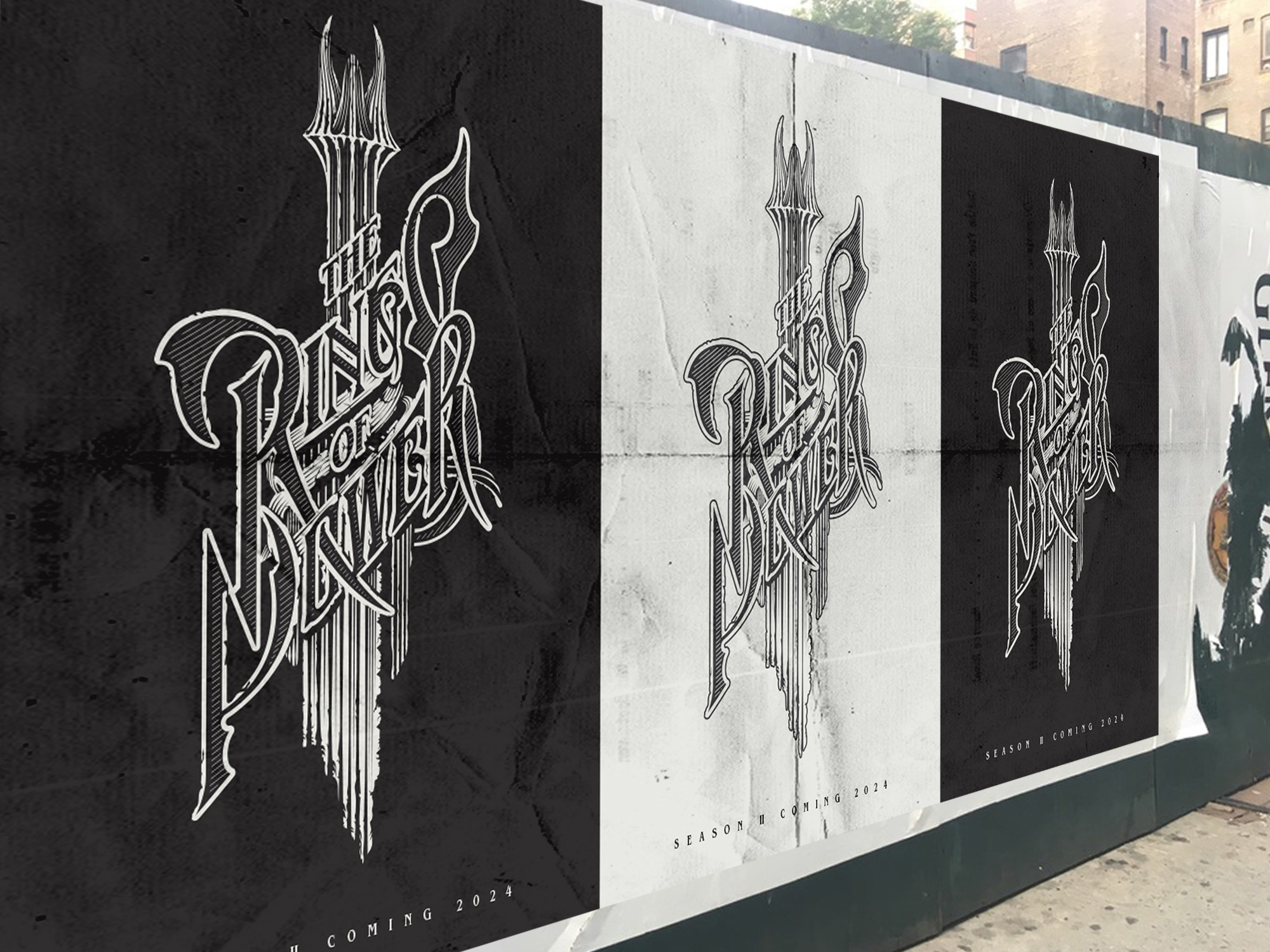
Is there something you think non-creatives will struggle to understand about your journey as a creative?
I think something that separates a creative business from a non-creative business at least in my mind is that there isn’t a black and white “this is complete” or a set number of hours it takes to complete a logo design for example. If I’ve budgeted a project for 20 hours, and after working on it for 20 hours it isn’t quite there yet, then we keep going. Technically a logo has been designed, it’s done, but it’s not great yet, so we keep going.
Contact Info:
- Website: https://413design.com
- Instagram: @413_design
- Linkedin: https://www.linkedin.com/in/evan-iuzzolino-4a3974149/
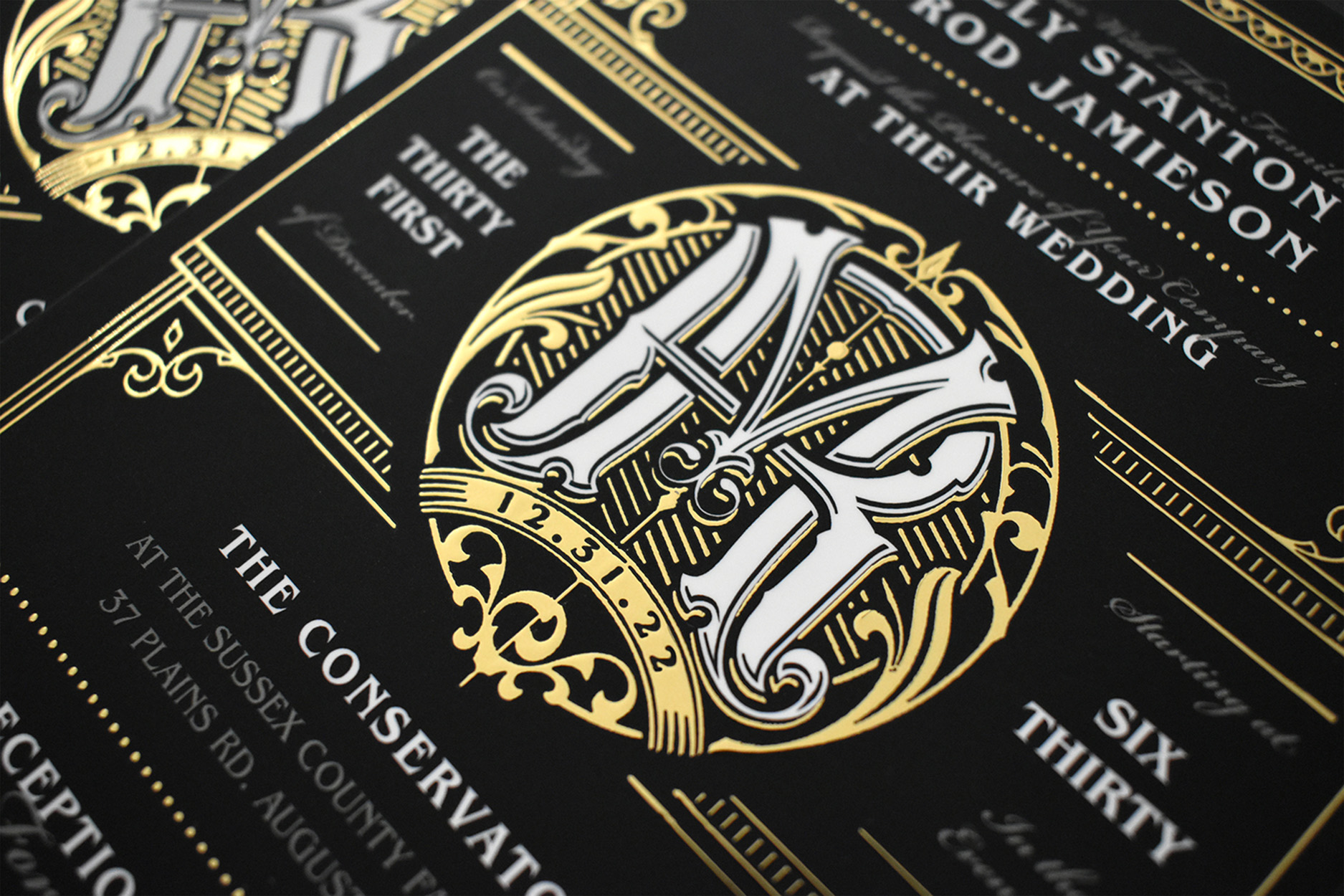

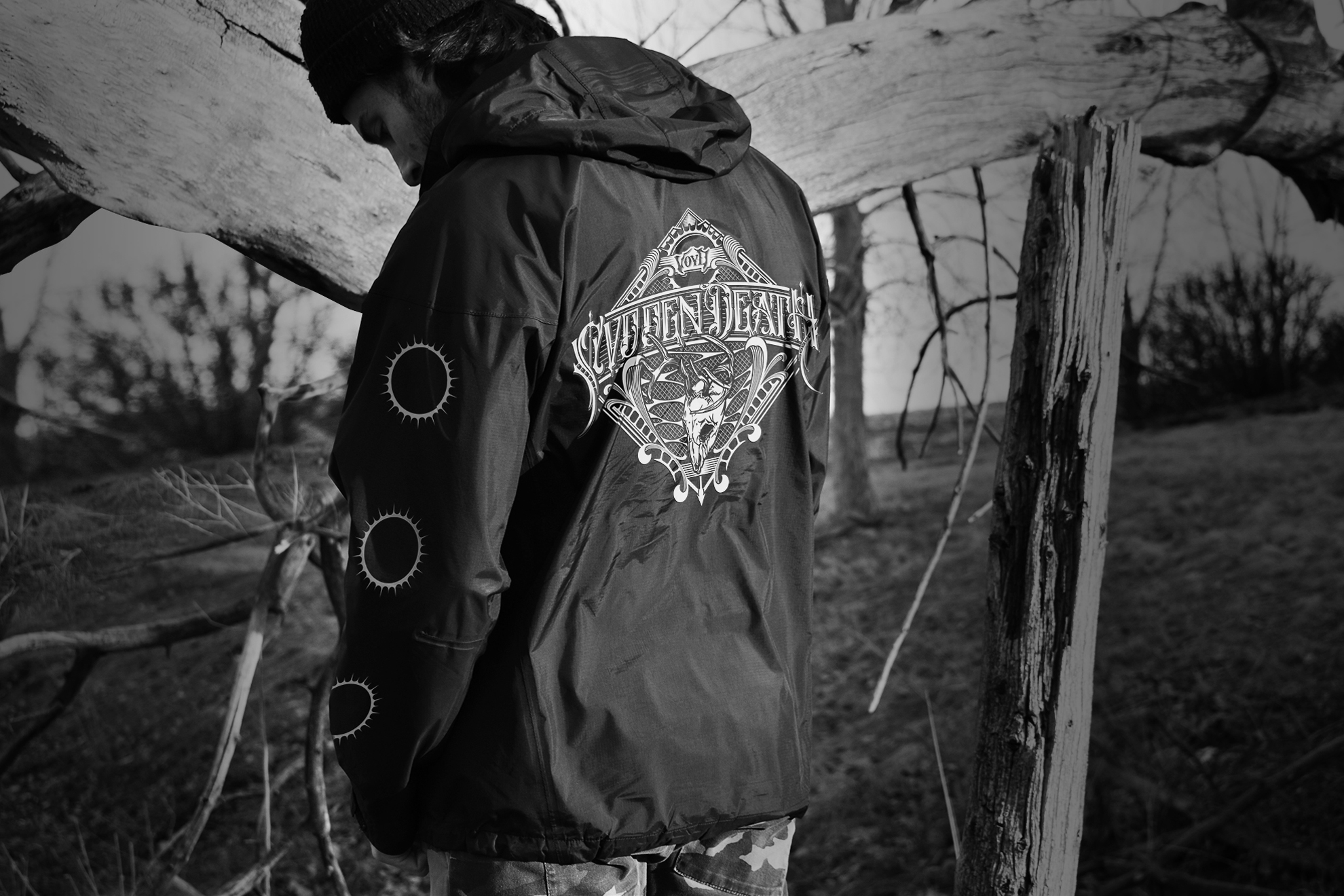
Image Credits
@chapter1team


